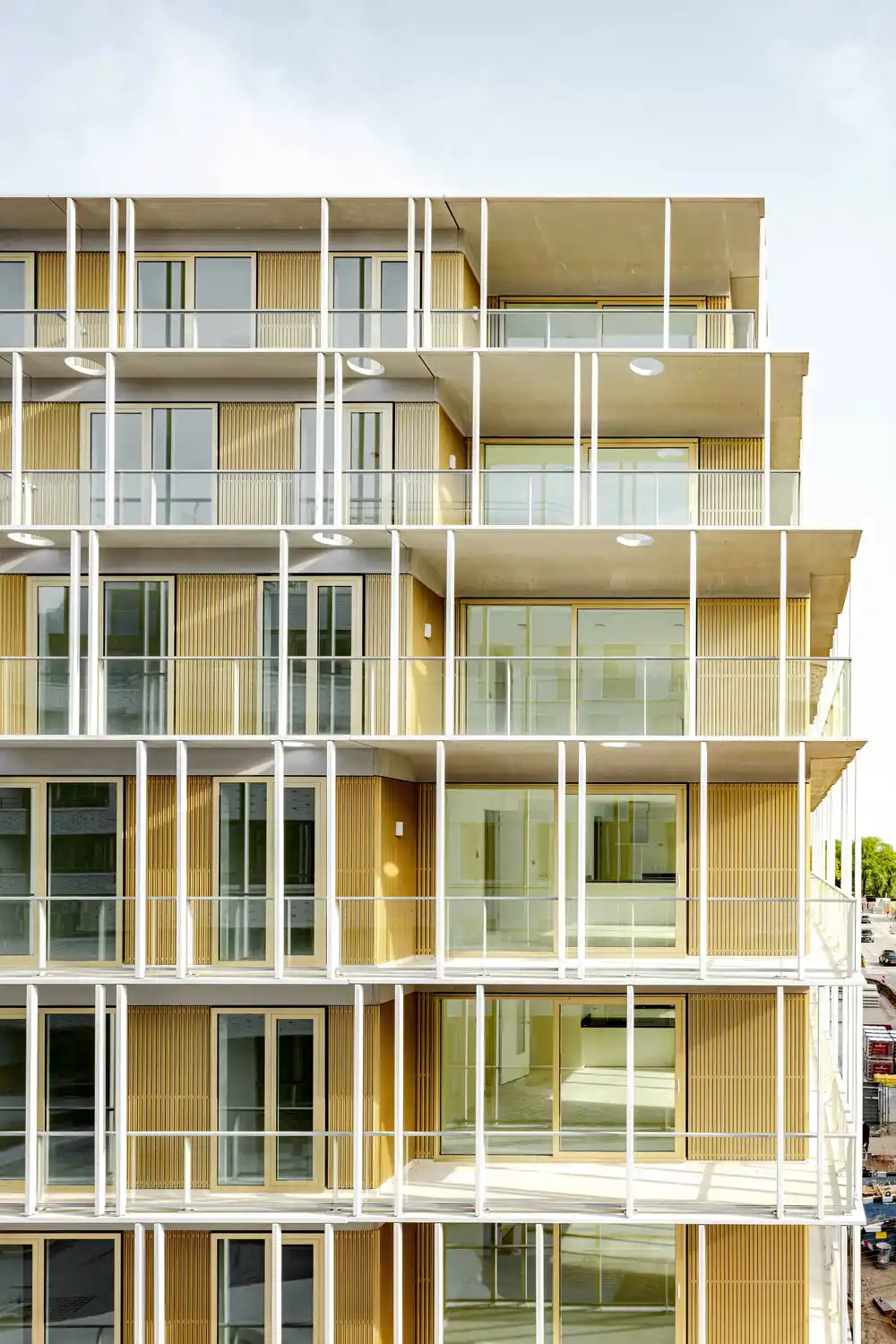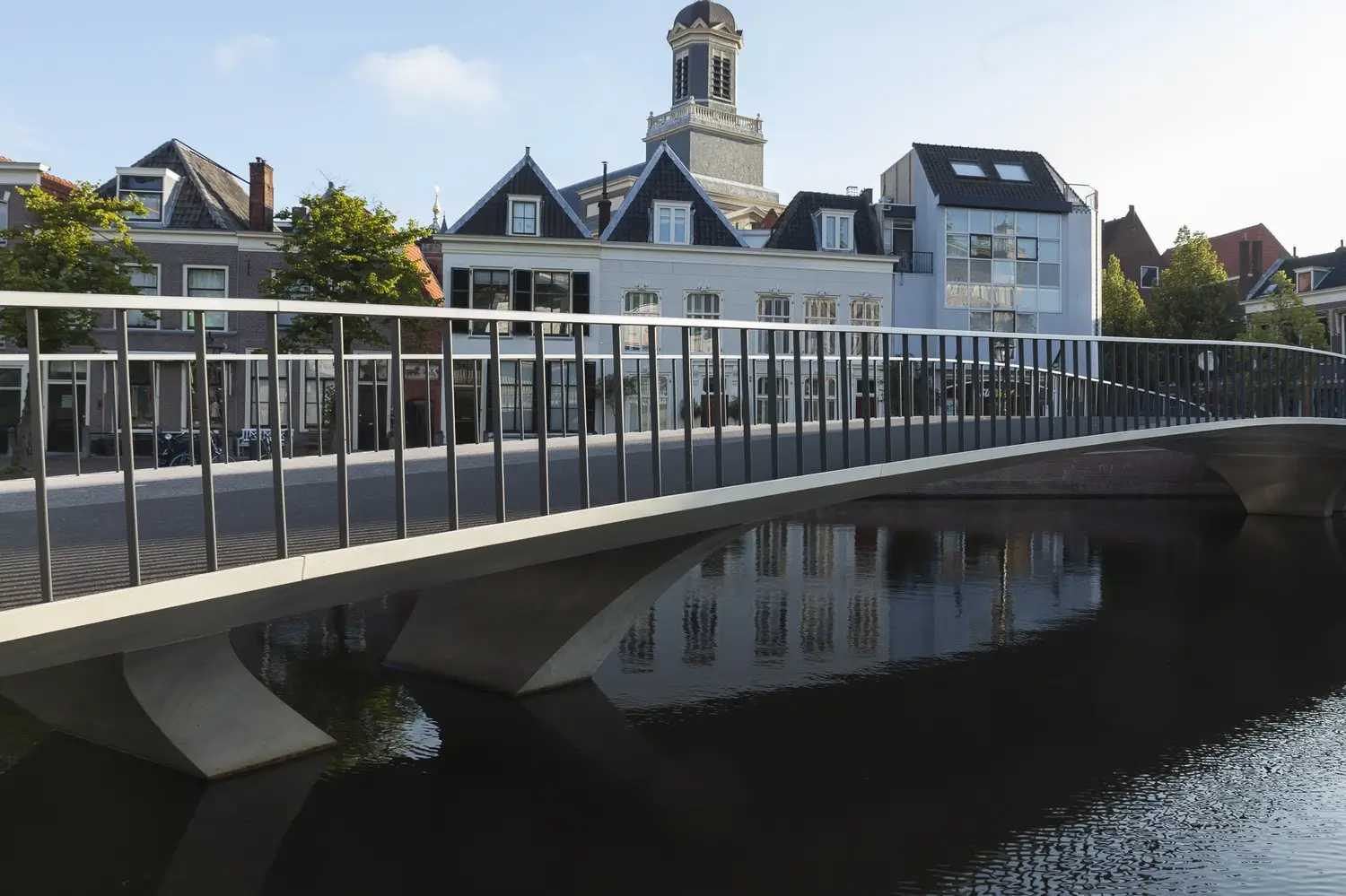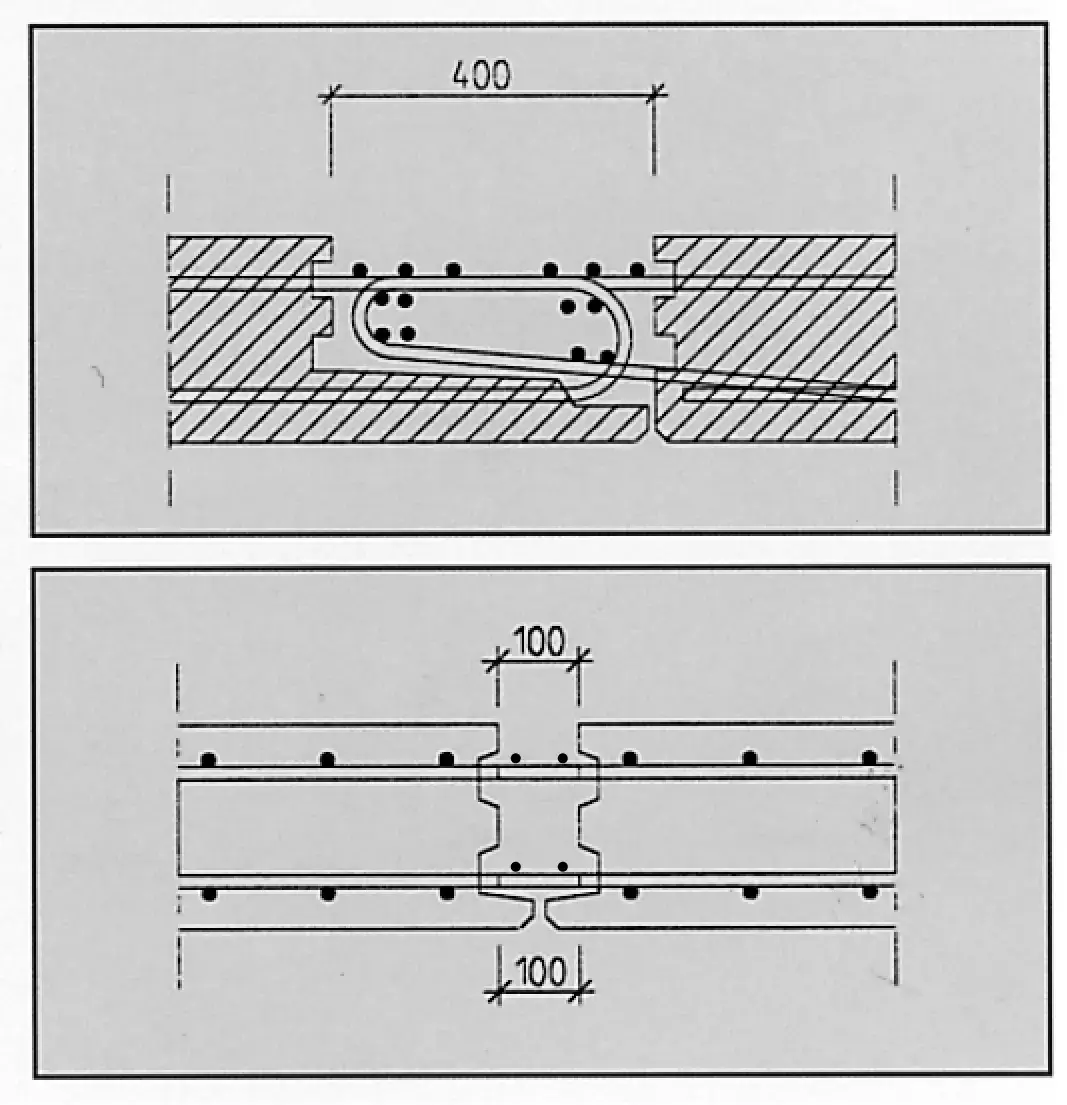
11. July 2025




Catharina Bridge – ready for casting joints, and the finished bridge: [Gerda van Ekris]

A conventional joint at the top and a CRC joint below
CRC JointCast has been available on the market since 1995—but apart from the previously mentioned applications, its main use today is actually in our own products. It has been difficult to pinpoint areas where a material of this type provides the greatest benefit, so it is currently used to connect stairs, bridges, and large beams and columns, but as mentioned, mostly for our own projects. Others might be inclined to think that this is because we want to keep knowledge of this type of joint to ourselves—to give a competitive advantage in our projects—but that is not the case. We are simply not very good at marketing and selling CRC JointCast! Part of the challenge is identifying construction systems or projects where this type of joint system can benefit contractors and prefabricated producers by making installation easier and the final product more durable. This could change, however, if some of the methods developed in North America for bridges begin to be applied in Europe as well.
In North America, more than 200 bridges have been produced with this type of joint system over the last 7-8 years, and Ben Graybeal and his group at the Federal Highway Administration have published extensive reports on cast-in-place UHPC joints between prefabricated bridge elements:
https://www.fhwa.dot.gov/research/resources/uhpc/publications.cfm
The benefits of this system will hopefully also be recognized for projects in Europe eventually—and when they are, we will be ready with the perfect joint material—and we will make sure it is no sec
Are you interested in learning how Ultra High Performance Concrete can be used in your project?
FILL OUT THE FORM AND WE WILL CONTACT YOU